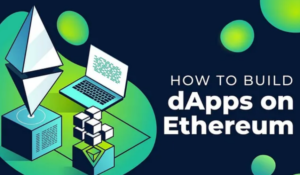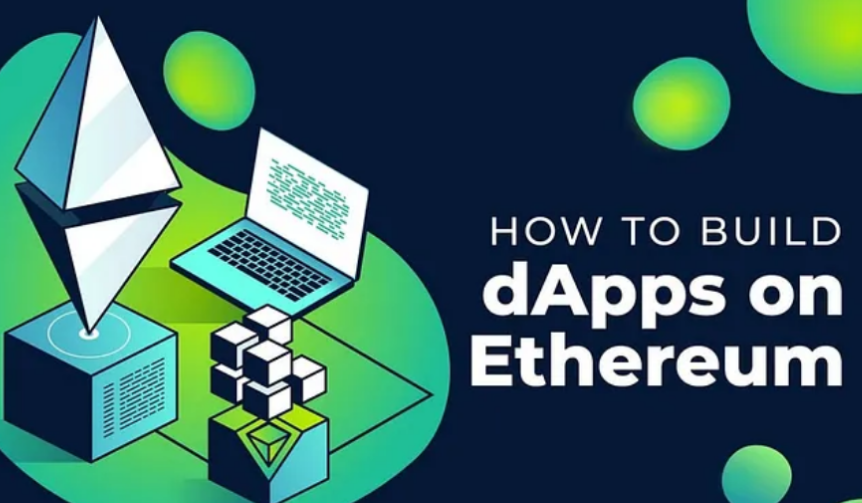How to Develop a Secure Cryptocurrency: Best Practices for Developers
Introduction: The Importance of Security in Cryptocurrency Development
With the rise of blockchain technology and decentralized finance (DeFi), cryptocurrency development has become a hotbed of innovation. However, security remains a critical concern, as breaches and hacks can lead to significant financial losses and erosion of trust. This article explores the best practices that developers should follow to create a secure cryptocurrency, ensuring resilience against cyber threats while maintaining compliance and usability.
1. Choosing the Right Blockchain Infrastructure
Selecting a robust and secure blockchain framework is the foundation of a safe cryptocurrency. Developers must consider the following factors:
- Consensus Mechanism: Proof-of-Work (PoW) offers high security but is energy-intensive, while Proof-of-Stake (PoS) and its variations enhance scalability and efficiency.
- Scalability and Security Trade-offs: Some blockchains, like Ethereum, provide extensive security but face congestion issues, whereas Layer-2 solutions enhance performance.
- Decentralization vs. Centralization: A more decentralized network enhances security by reducing single points of failure.
2. Implementing Secure Smart Contracts
Smart contracts are at the core of most cryptocurrencies. Ensuring they are free from vulnerabilities is crucial. Follow these best practices:
- Code Audits: Regularly audit smart contracts using third-party security firms to identify vulnerabilities.
- Formal Verification: Use mathematical proofs to verify the correctness of smart contracts before deployment.
- Security Libraries: Utilize reputable libraries like OpenZeppelin to minimize common coding errors.
- Fail-Safe Mechanisms: Implement fallback functions and circuit breakers to mitigate potential contract failures.
3. Enhancing Wallet Security
Cryptocurrency wallets store private keys and facilitate transactions. Securing them is paramount to protecting users’ assets.
- Multi-Signature Authentication: Require multiple private keys for transaction validation to prevent unauthorized access.
- Hardware Wallet Support: Encourage the use of offline hardware wallets to store private keys securely.
- Encrypted Private Keys: Use advanced encryption methods like AES-256 to secure wallet credentials.
- Seed Phrase Protection: Educate users on securely storing their recovery phrases to avoid phishing attacks.
4. Strengthening Network Security
A cryptocurrency’s network security determines its resistance to cyber threats such as 51% attacks, Sybil attacks, and DDoS attacks.
- Rate Limiting and Throttling: Prevent DDoS attacks by implementing request rate-limiting.
- Peer Authentication: Use cryptographic techniques to verify node legitimacy.
- Network Monitoring: Deploy anomaly detection tools to identify suspicious activities in real-time.
- Updating Protocols Regularly: Implement frequent updates and patches to fix vulnerabilities.
5. Secure Key Management and Authentication
Cryptographic key management is a crucial component of secure cryptocurrency transactions.
- Hierarchical Deterministic (HD) Wallets: Enhance security by generating multiple private keys from a single master key.
- Cold Storage: Store critical keys offline to mitigate online hacking risks.
- Biometric Authentication: Implement fingerprint or facial recognition for an added layer of user security.
- Time-Locked Transactions: Prevent premature execution of transactions, reducing fraud risks.
6. Regulatory Compliance and Legal Considerations
Security is not just a technical concern—it also involves legal compliance. Developers must align their projects with regulatory standards.
- AML & KYC Policies: Adhere to Anti-Money Laundering (AML) and Know Your Customer (KYC) guidelines to prevent illicit activities.
- GDPR Compliance: Ensure personal data protection aligns with regulations like the General Data Protection Regulation (GDPR).
- Smart Contract Audits & Legal Reviews: Collaborate with legal experts to verify that the project meets jurisdictional laws.
7. Educating Users on Best Security Practices
Even the most secure cryptocurrency is vulnerable if users are not educated on security practices.
- Phishing Awareness: Train users to recognize phishing scams and avoid malicious links.
- Secure Passwords: Encourage strong password management and two-factor authentication (2FA).
- Regular Software Updates: Prompt users to update their wallets and applications to mitigate security risks.
- Beware of Fake Wallets & Exchanges: Provide official download links to prevent users from falling into fraudulent schemes.
8. Leveraging Bug Bounty Programs
Bug bounty programs are an effective way to crowdsource security testing and identify vulnerabilities before they become threats.
- Incentivizing Ethical Hackers: Offer competitive rewards for security researchers who discover bugs.
- Transparent Vulnerability Disclosure: Implement a responsible disclosure policy to address security issues promptly.
- Continuous Improvement: Use insights from bounty programs to enhance the cryptocurrency’s security model.
Conclusion: Building a Resilient Cryptocurrency Ecosystem
Security in cryptocurrency development is an ongoing process that requires a combination of secure coding practices, network protection, regulatory compliance, and user education. By adhering to these best practices, developers can create a resilient cryptocurrency ecosystem that fosters trust, adoption, and longevity.
Implementing security measures at every level—from smart contracts and wallets to network infrastructure—ensures that the cryptocurrency remains protected against evolving threats. In the fast-paced world of digital assets, prioritizing security is not just a best practice but a necessity for sustainable success.

Also Read :
